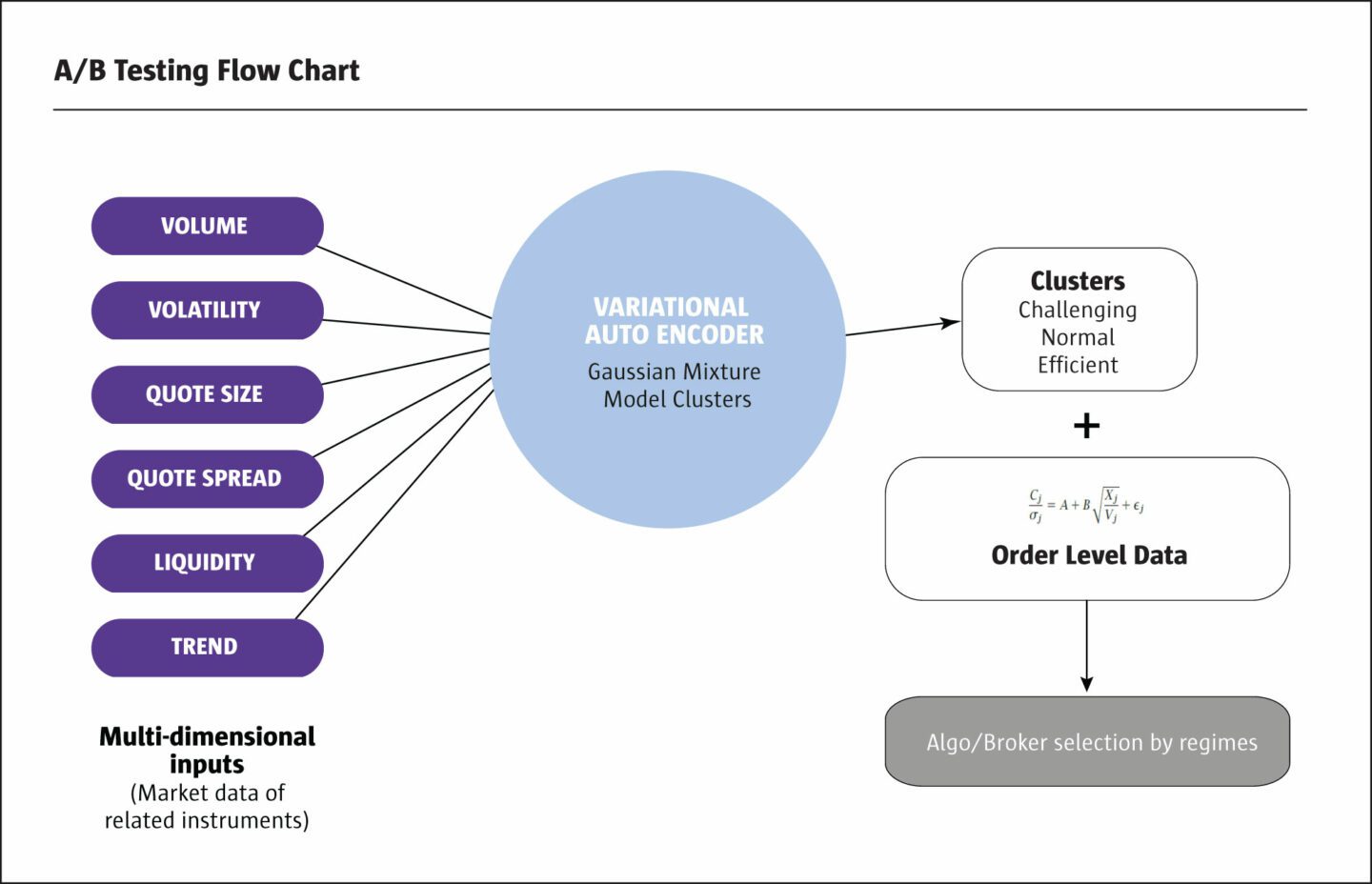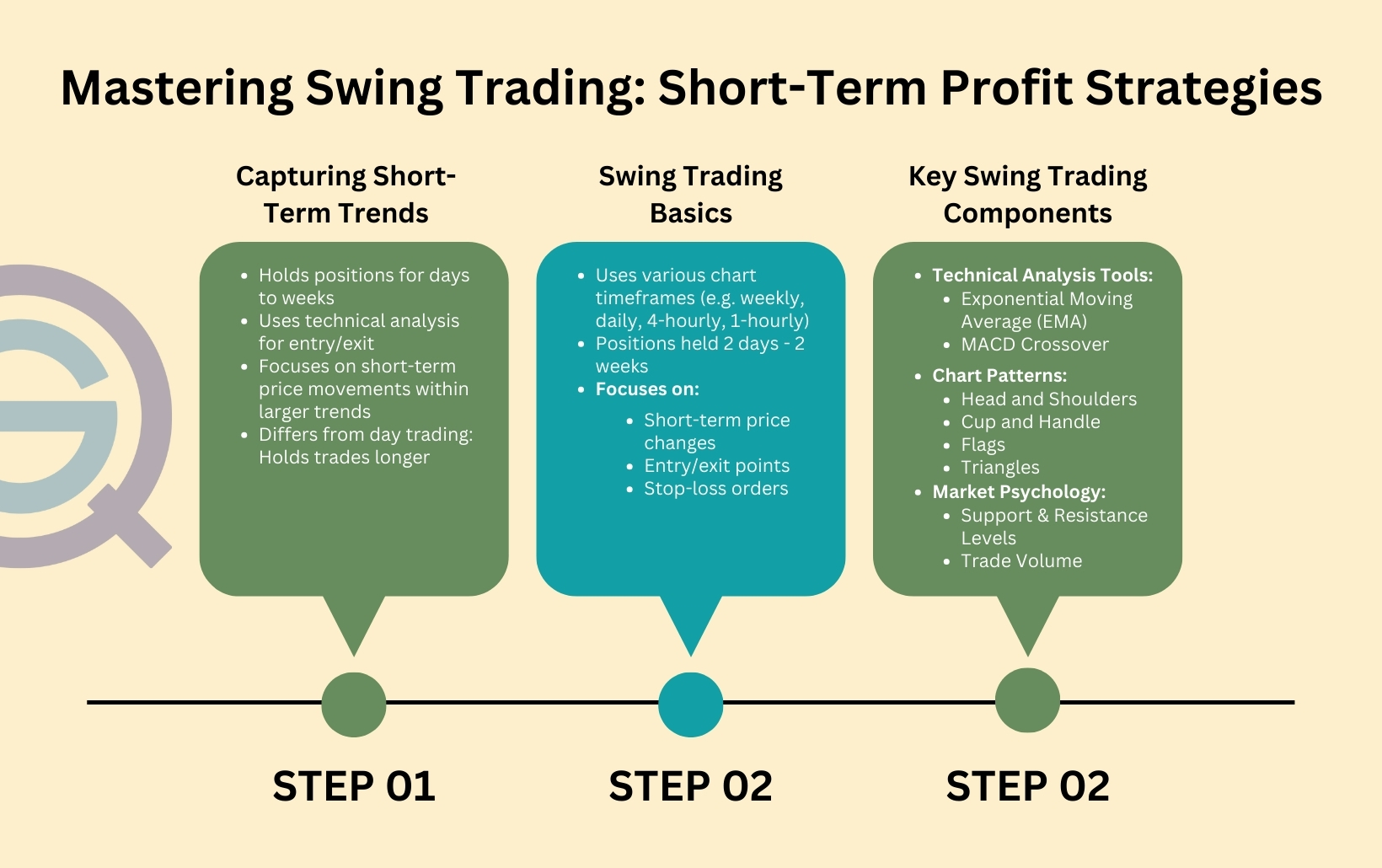Did you know that the average person makes about 35,000 decisions a day? One of the most crucial choices for traders is determining the optimal trade size. In this article, we dive into the essential factors that influence your ideal trade size, including account size, risk percentage, and stop-loss calculations. You'll learn how leverage, margin, and market volatility affect your trades, as well as the importance of maintaining a solid risk-reward ratio. We’ll also cover tools and calculators that can simplify your decision-making process. Plus, we’ll highlight common pitfalls to avoid and how your trading style impacts your sizing strategy. With insights from DayTradingBusiness, you'll be equipped to manage risk effectively and enhance your trading performance.
How do I determine my ideal trade size?
Calculate your risk per trade by deciding how much you’re willing to lose, usually a small percentage of your account (1-2%). Then, determine your stop-loss distance in price terms. Divide your risk amount by the stop-loss in dollars to find your position size. For example, if you have a $10,000 account, risk 2% ($200), and your stop-loss is $5 away, your trade size should be 40 units ($200 / $5).
What factors influence optimal trade size?
Account balance, risk tolerance, stop-loss distance, market volatility, and asset liquidity influence optimal trade size. Each factor determines how much capital to risk per trade without overexposing yourself. The goal is to balance potential gains with manageable risk, ensuring trades fit your overall trading plan.
How does account size affect trade sizing?
Larger account sizes allow for bigger trade positions because you can risk a smaller percentage of your capital per trade, reducing the chance of rapid loss. Smaller accounts require more conservative sizing to avoid overexposure, meaning smaller trades relative to your total capital. Essentially, as your account grows, you can increase trade size proportionally, but always stay within your risk limits to protect your capital.
What is the role of risk percentage in trade size?
Risk percentage determines how much of your account you're willing to lose on a single trade. It helps set your trade size so that if the trade hits your stop loss, your loss stays within your risk limit. For example, risking 1% of a $10,000 account means risking $100 per trade; if your stop loss is 50 pips, your position size is calculated to lose exactly $100 if hit. This keeps losses controlled and consistent, aligning trade size with your risk tolerance.
How can I calculate position size based on stop-loss?
To calculate your position size based on stop-loss, first determine your risk amount per trade (e.g., $100). Next, find the distance of your stop-loss in pips or price units. Divide your risk amount by the stop-loss size: position size = risk amount / stop-loss in price. For example, if risking $100 and your stop-loss is 50 pips, your position size is 100 / 50 = 2 lots (or units). Adjust for leverage and lot size as needed.
What is the formula for calculating trade size?

The formula for calculating optimal trade size is:
Trade Size = (Account Equity × Risk per Trade) ÷ Stop Loss in Pips
where risk per trade is the percentage of your account you're willing to lose, and stop loss is the distance in pips you're willing to risk on the trade.
How do leverage and margin impact trade size?
Leverage amplifies your buying power, allowing larger trade sizes with less capital. Margin is the collateral needed to open a position; lower margin requirements let you control bigger trades. Using high leverage increases potential gains but also raises risk, so trade size becomes bigger relative to your account. Essentially, higher leverage and lower margin requirements enable larger trades, but they also boost potential losses. Calculating optimal trade size involves balancing leverage, margin, and your risk tolerance to avoid overexposure.
How can I manage risk with correct trade sizing?
Calculate your risk per trade by deciding how much you’re willing to lose, usually 1-2% of your account. Determine your stop-loss level to know where the trade will be exited if it moves against you. Use the formula: Trade Size = (Account Balance × Risk Percentage) / Stop-Loss Distance. For example, if your account is $10,000 and you risk 1% ($100), with a $50 stop-loss, your optimal trade size is $2,000 ($100 / $50). This keeps your risk controlled and prevents large losses on any single trade.
What is the importance of risk-reward ratio in trade size?
The risk-reward ratio determines how much you stand to gain versus lose on a trade, guiding you to size your positions so potential rewards justify risks. A favorable ratio helps prevent overexposure and ensures consistent profitability, making trade size proportional to both risk tolerance and reward expectations. It keeps your trading disciplined, avoiding large losses that can wipe out gains or blow up your account. By calculating the optimal trade size based on this ratio, you control risk exposure and enhance long-term trading success.
How do market volatility and trade size relate?

Market volatility affects optimal trade size because higher volatility increases risk, so traders reduce position size to manage potential losses. Conversely, in stable markets, they can take larger trades. Trade size is often adjusted based on volatility to balance risk and reward, with smaller trades during turbulent times and bigger ones when the market is calmer.
How to adjust trade size for different assets?
Adjust trade size by considering each asset's volatility and risk. For volatile assets, reduce size to limit exposure; for stable ones, increase size. Use a fixed percentage of your account balance, like 1-2%, and scale it based on the asset's risk profile. Calculate position size with this formula: (Account balance * risk percentage) / asset’s stop-loss distance. Always tailor trade size to asset-specific price movements and your risk tolerance.
What tools or calculators help determine trade size?
Tools like risk calculators, position sizing calculators, and trading journals help determine optimal trade size. Platforms such as MetaTrader, TradingView, and specialized apps like MyTrade or Tradervue often include built-in position sizing tools. Excel spreadsheets designed for risk management can also assist in calculating trade size based on account balance, risk percentage, and stop-loss distance.
How does trading style (day trading vs. swing trading) affect trade size?

Day traders typically take smaller trade sizes to manage quick swings and limit risk during fast-paced sessions. Swing traders often trade larger sizes because they hold positions over days or weeks, aiming for bigger moves. The trading style influences how much capital you risk per trade, with day trading favoring smaller positions for quick exits, and swing trading allowing for bigger positions to capitalize on longer-term trends.
Learn about How Does Insider Trading Affect Day Traders?
How do I avoid overtrading with proper trade sizing?
Calculate your risk per trade—typically 1-2% of your total capital. Determine your stop-loss distance in pips or dollars. Use the formula: (Risk per trade) ÷ (Stop-loss size) = position size. Adjust your trade size so that if the stop-loss hits, you lose only your set risk percentage. This keeps overtrading in check and maintains consistent risk management.
What are common mistakes in calculating trade size?
Common mistakes in calculating trade size include ignoring account risk limits, not considering stop-loss levels, overestimating position size, and neglecting market volatility. Some traders use fixed dollar amounts without adjusting for account size or market conditions. Failing to account for spread costs and slippage can lead to larger-than-expected losses. Additionally, not using proper position sizing formulas or relying on emotional decisions skews trade risk management.
Conclusion about How to Calculate Optimal Trade Size
In summary, calculating optimal trade size is essential for managing risk and maximizing potential profits in trading. Factors such as account size, risk percentage, and market volatility play crucial roles in determining the ideal trade size. By utilizing appropriate formulas and tools, traders can effectively adjust their position sizes to align with their trading style and objectives. Adopting these strategies will not only help in avoiding common mistakes but also enhance overall trading performance. For more in-depth insights and guidance, explore the resources provided by DayTradingBusiness.
Sources:
- A Note on Optimal Fees for Constant Function Market Makers
- Determining the optimal trading price of electricity for energy ...
- Squaring the cube: Towards an operational model of optimal ...
- Divergence metrics for determining optimal training sample size in ...
- A reliability-aware chance-constrained battery sizing method for ...